Creating a beautiful landscape is a goal for many homeowners, but some design choices can inadvertently attract pests that come with hefty price tags. While certain landscaping features may seem like smart choices at first, they can end up drawing in insects, rodents, and other unwanted guests, leading to costly damage and repairs. By making more informed decisions, you can have a yard that is both stunning and pest-free. Here are twelve landscaping features that sound smart but can attract expensive pests.
1. Overgrown Shrubs and Bushes

Tall, dense shrubs may seem like a great way to add privacy and curb appeal to your yard. However, according to The Spruce, overgrown shrubs and bushes can provide an ideal hiding spot for pests like rodents, termites, and mosquitoes. These pests thrive in overgrown vegetation, where they can nest, reproduce, and spread without detection.
Additionally, overgrown plants can prevent air circulation and promote dampness, which attracts more pests and can lead to mold and mildew growth. Instead of letting your shrubs become wild and unruly, regularly trim them back to maintain an optimal size. Keeping your plants well-maintained discourages pests from taking up residence and helps your yard stay healthier overall.
2. Water Features
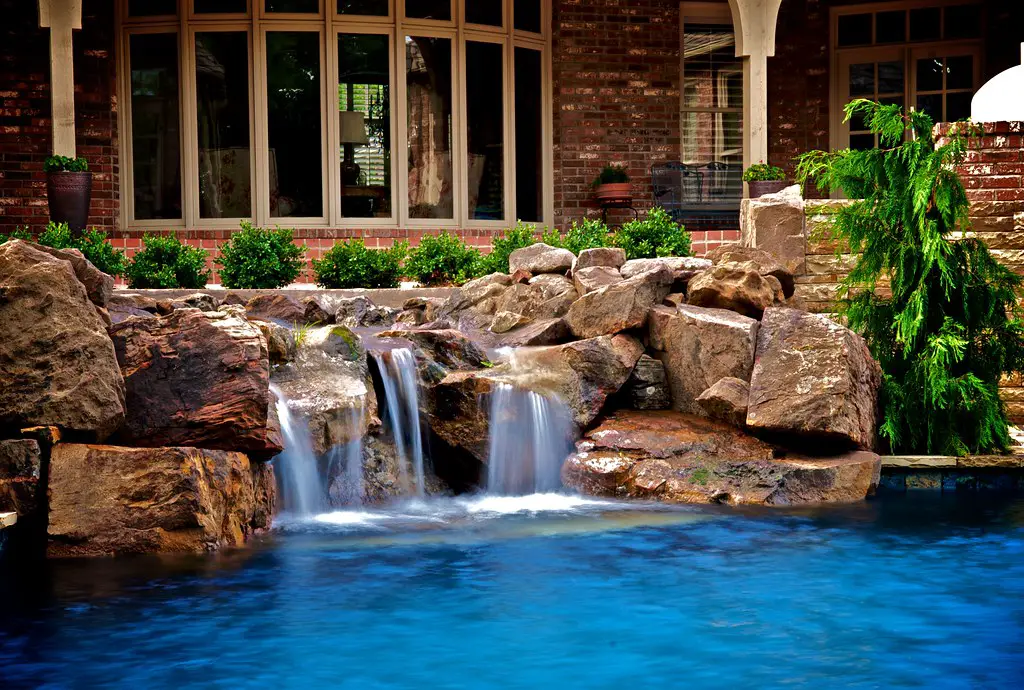
Water features, like fountains, ponds, and birdbaths, add a serene and calming element to any landscape. However, as noted by Apartment Therapy, standing water is a prime breeding ground for mosquitoes and other water-loving insects. These insects can quickly multiply and cause discomfort and potential health risks for you and your family.
To avoid attracting mosquitoes, make sure to regularly clean and change the water in any fountains or ponds. If you don’t want to constantly maintain these water features, consider switching to more eco-friendly, low-maintenance options like dry creek beds or rock gardens. These alternatives provide the same aesthetic benefits without the added risk of attracting pests.
3. Dense Mulch Beds
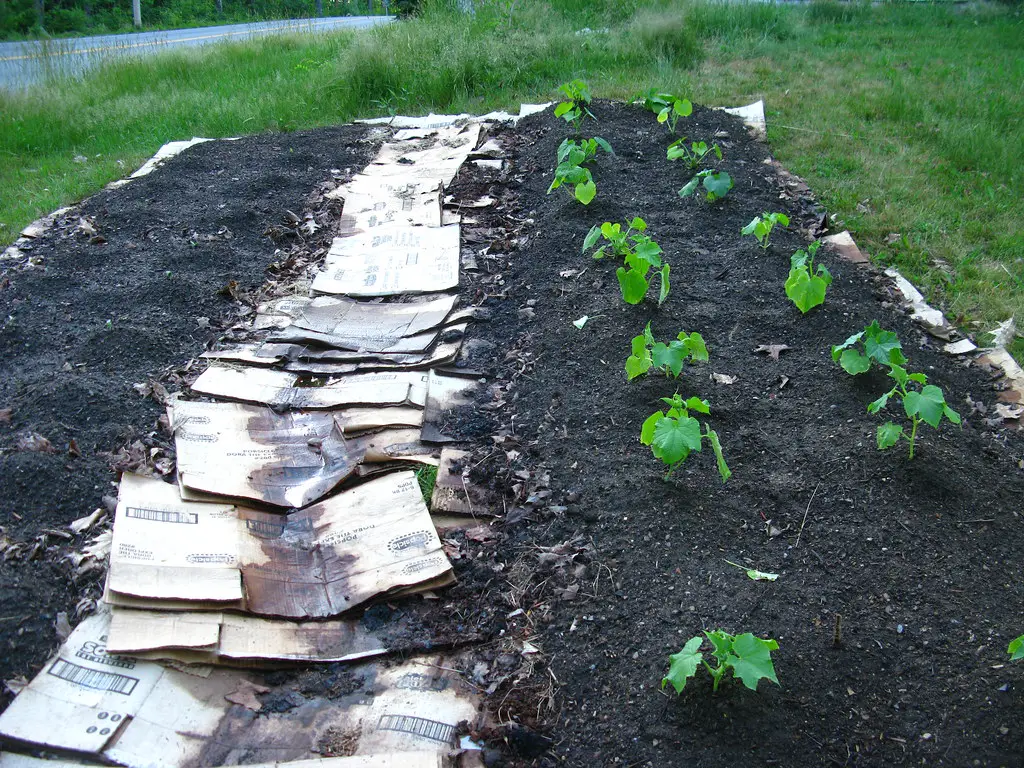
Mulching around your plants is a popular landscaping choice to help retain moisture and reduce weeds. However, Better Homes & Gardens points out that dense mulch beds can harbor pests like termites, ants, and rodents. Mulch provides a dark, moist environment that is ideal for these pests to nest in and find food sources.
To prevent pests from taking up residence in your mulch beds, avoid piling the mulch too high and ensure it’s spread evenly. Using natural, organic mulch like cedar or eucalyptus can also help repel certain insects naturally. By keeping your mulch thin and well-maintained, you can protect your garden from pests while still reaping the benefits of reduced weeds and moisture retention.
4. Fruit Trees Near the House
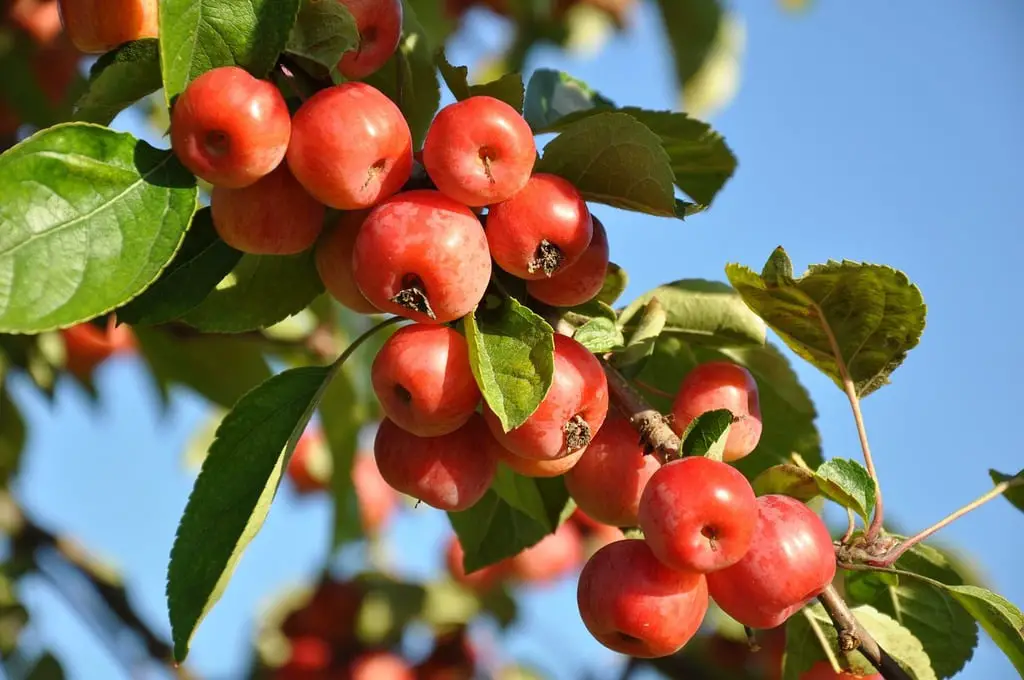
Fruit trees in your yard offer beauty, shade, and delicious harvests, but they can also attract pests. As noted by HGTV, fruit trees are a magnet for insects like fruit flies, ants, and even rodents that are drawn to fallen fruit or the sweet sap. These pests can quickly invade your home, attracted by the scent of ripe fruit or the shelter provided by the tree.
To reduce pest attraction, keep fallen fruit cleared away promptly and consider placing your fruit trees further from your home. If you love having fruit trees, choose varieties that are less prone to pest invasions or consider using pest-resistant treatments. Properly managing your fruit trees will allow you to enjoy their bounty without the headache of attracting expensive pests.
5. Large Grass Lawns
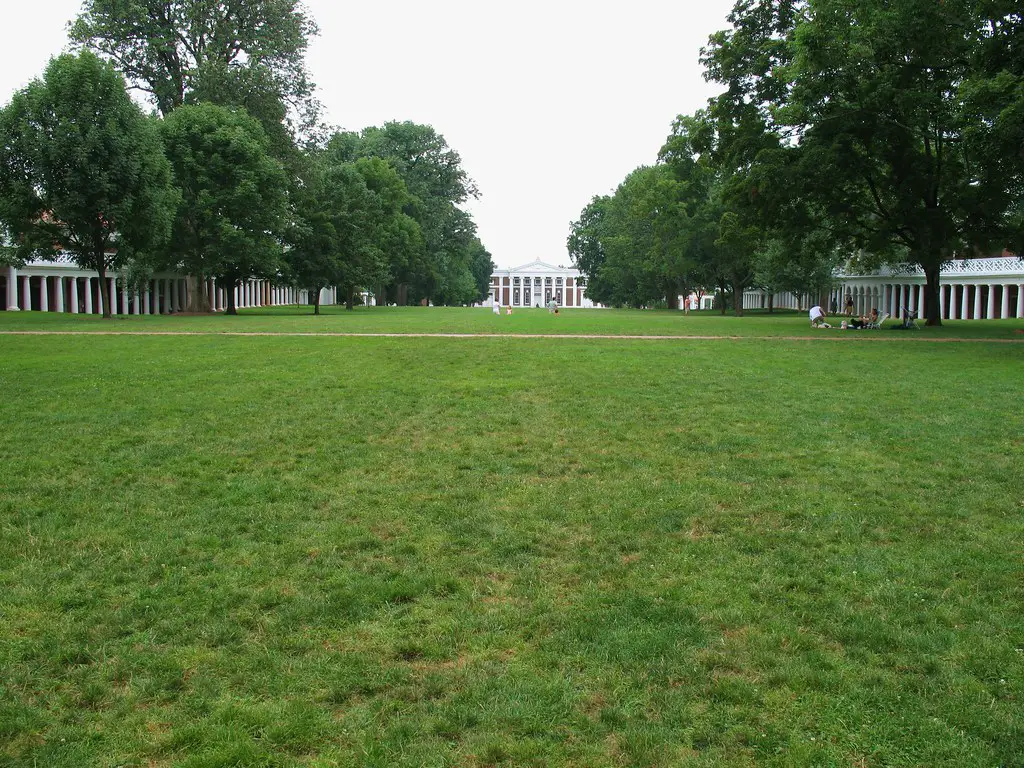
While a large, lush lawn may seem like the perfect addition to your home’s landscape, it can become a magnet for pests like ticks and fleas. These pests thrive in grassy environments, where they can easily hide and reproduce. In addition to attracting pests, maintaining a large lawn often requires excessive watering and frequent mowing, leading to higher maintenance costs.
Consider replacing portions of your lawn with drought-tolerant groundcovers or ornamental grasses that require less maintenance and are less attractive to pests. Native plants and low-maintenance landscaping can be just as beautiful while keeping your yard free from harmful pests and reducing your overall environmental impact.
6. Heavy Tree Canopy
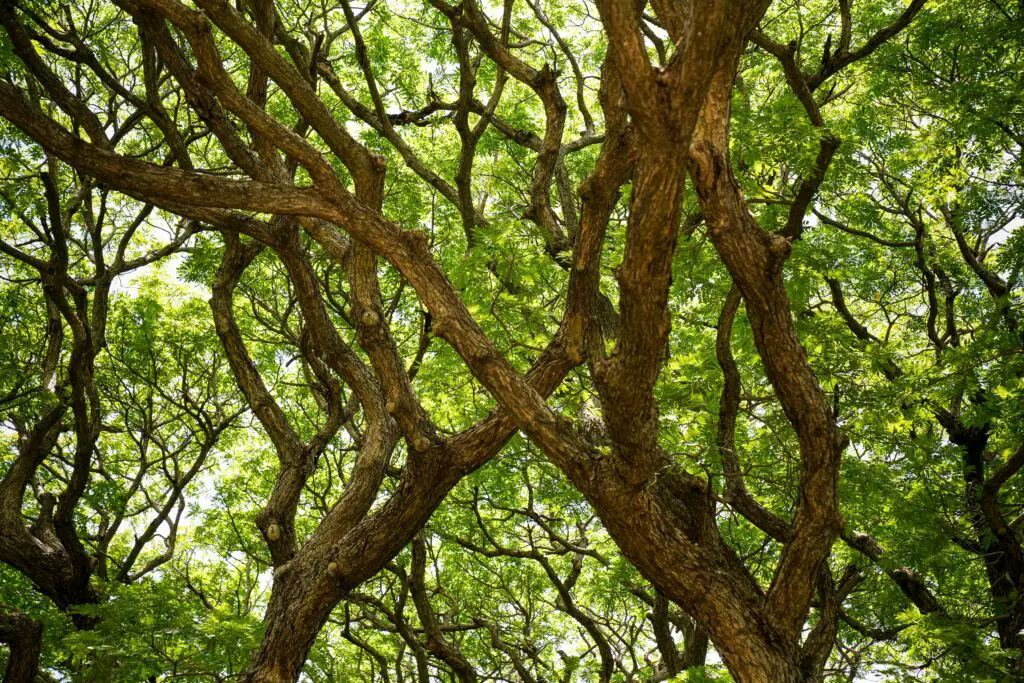
Large trees provide shade and aesthetic appeal, but a thick tree canopy can also encourage pest infestations. Trees with dense canopies provide a perfect home for pests like squirrels, ants, and termites, which may eventually make their way into your home. When trees are too close to the house, they can also serve as a bridge for pests to access the roof and attic.
To prevent pest invasions, it’s important to trim back any overhanging branches near your home. Regularly inspect your trees for signs of pests and maintain their health through proper pruning and care. By ensuring that trees are properly maintained and not too close to the house, you can keep your home and yard free from costly pest problems.
7. Compost Bins Too Close to the House
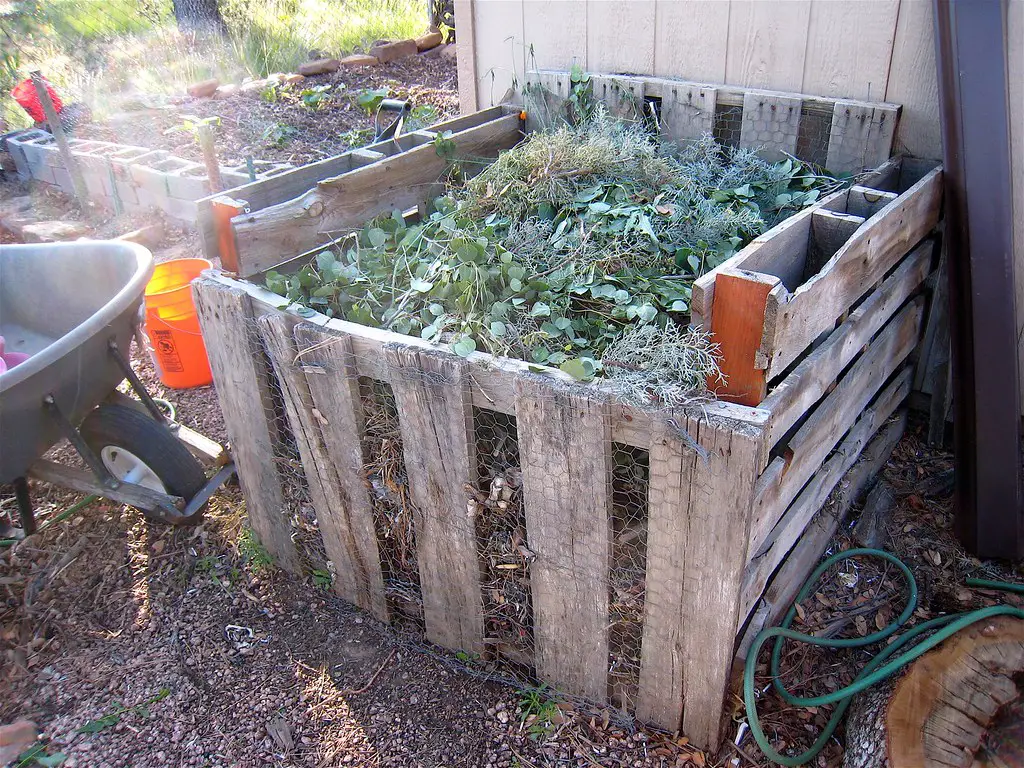
Compost bins are a great way to recycle organic waste and enrich your soil, but placing them too close to your home can attract pests. As compost decomposes, it can emit strong odors that draw rodents, raccoons, and flies. These pests can then find their way into your home or garden, leading to expensive infestations.
To keep pests at bay, position your compost bin away from the house and maintain it regularly to prevent odors from becoming overwhelming. Ensuring proper airflow in the compost can also help reduce the likelihood of pests moving in. A well-maintained composting system can benefit your garden without attracting unwanted guests.
8. Outdoor Lighting Around the House
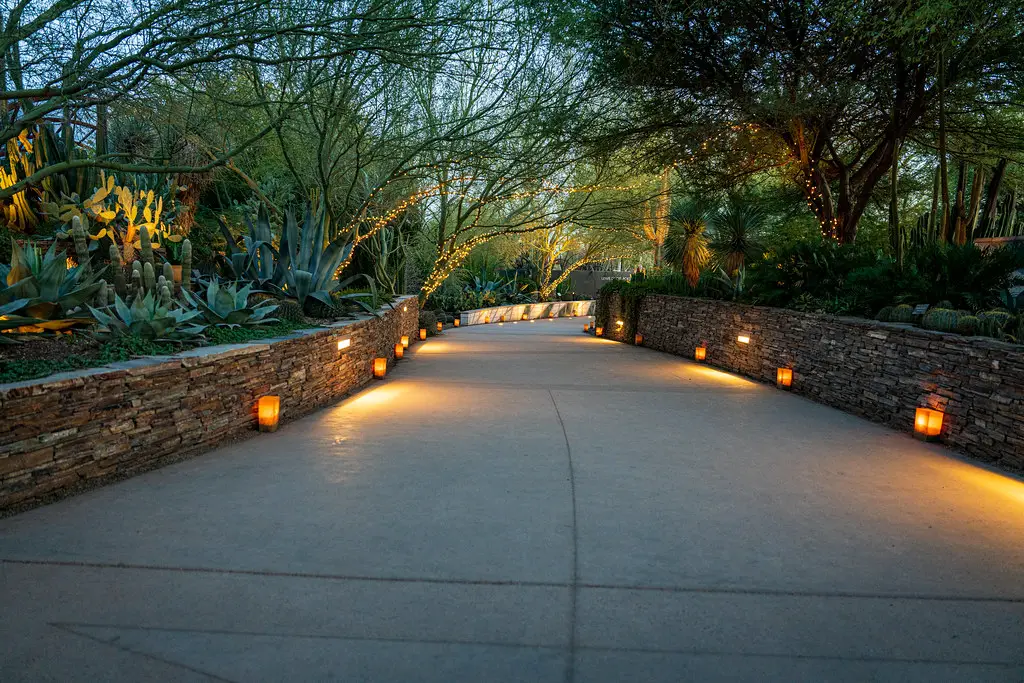
Outdoor lighting is often used to highlight landscaping features and create a warm ambiance. However, bright lights can attract a range of insects, including moths, mosquitoes, and flies. These pests are drawn to light and can congregate around your outdoor lighting, creating a nuisance and even entering your home if windows and doors are left open.
To minimize pest attraction, consider using warm, yellow-toned lights, which are less likely to attract insects compared to bright white lights. Additionally, placing lights farther from your home and using motion sensors can help reduce the amount of time the lights are on, limiting the draw for pests. By carefully planning your outdoor lighting, you can enjoy a beautifully lit landscape without inviting pests into your home.
9. Overwatered Plants
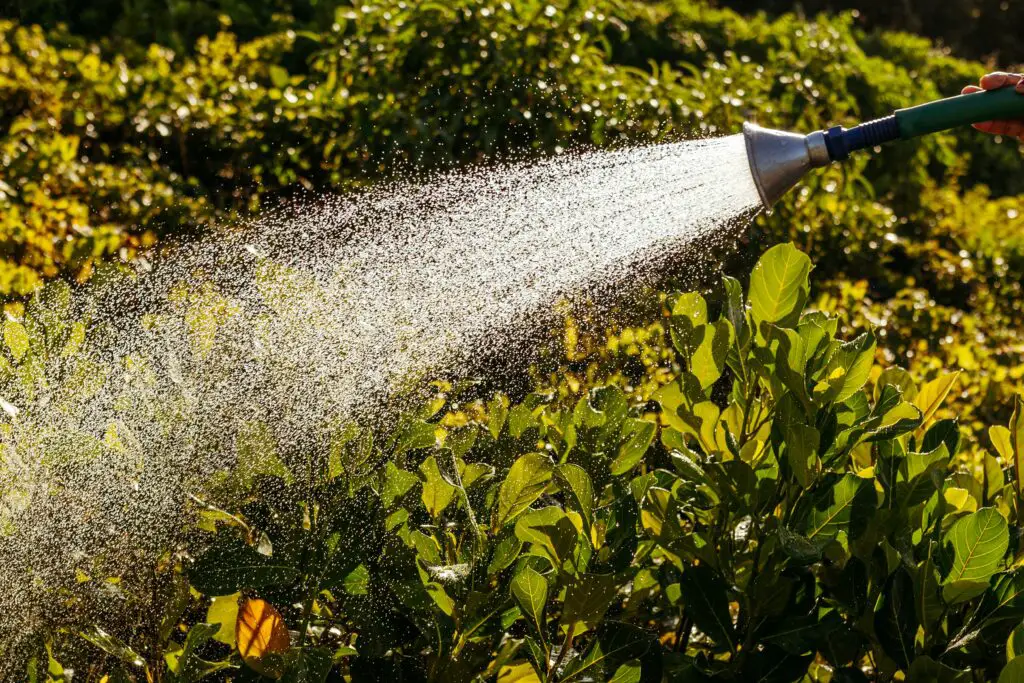
Watering your plants is essential, but overwatering them can create the perfect conditions for pests like fungus gnats, termites, and ants. Standing water in plant pots or puddles in garden beds can attract insects looking for moisture. Overwatering plants is one of the top reasons for pest problems, as it creates a damp environment ideal for pests to breed.
To avoid attracting pests, make sure your plants are properly watered without creating excess moisture. Use well-draining pots and soil, and avoid watering during the evening when the moisture is more likely to sit overnight. By keeping your garden beds and plant pots dry, you can ensure your plants stay healthy without drawing in unwanted pests.
10. High, Thick Hedges
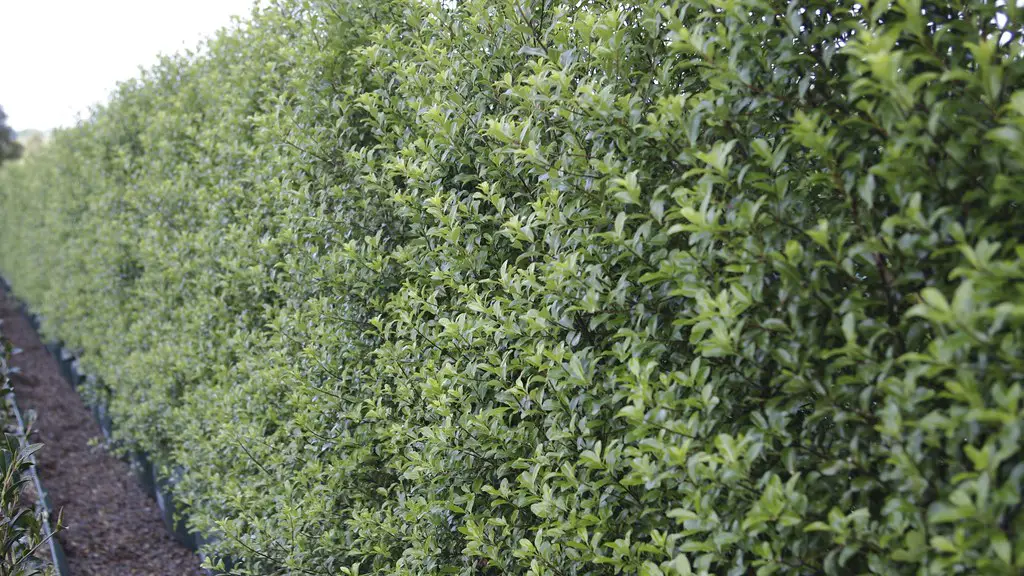
Hedges are a popular choice for creating privacy or marking property lines, but when they grow too tall or thick, they can become a hotspot for pests. Dense hedges provide shelter for insects, rodents, and birds, which can harbor diseases and introduce pests to your home. Regular trimming is essential to keep hedges at a manageable height and prevent them from becoming overgrown.
By keeping your hedges well-maintained, you reduce the chances of them attracting unwanted visitors. Consider opting for lower-growing, non-invasive plant varieties that still offer privacy and beauty without the risk of becoming a pest haven. Proper hedge maintenance ensures your landscaping remains attractive and pest-free.
11. Decorative Stones and Gravel
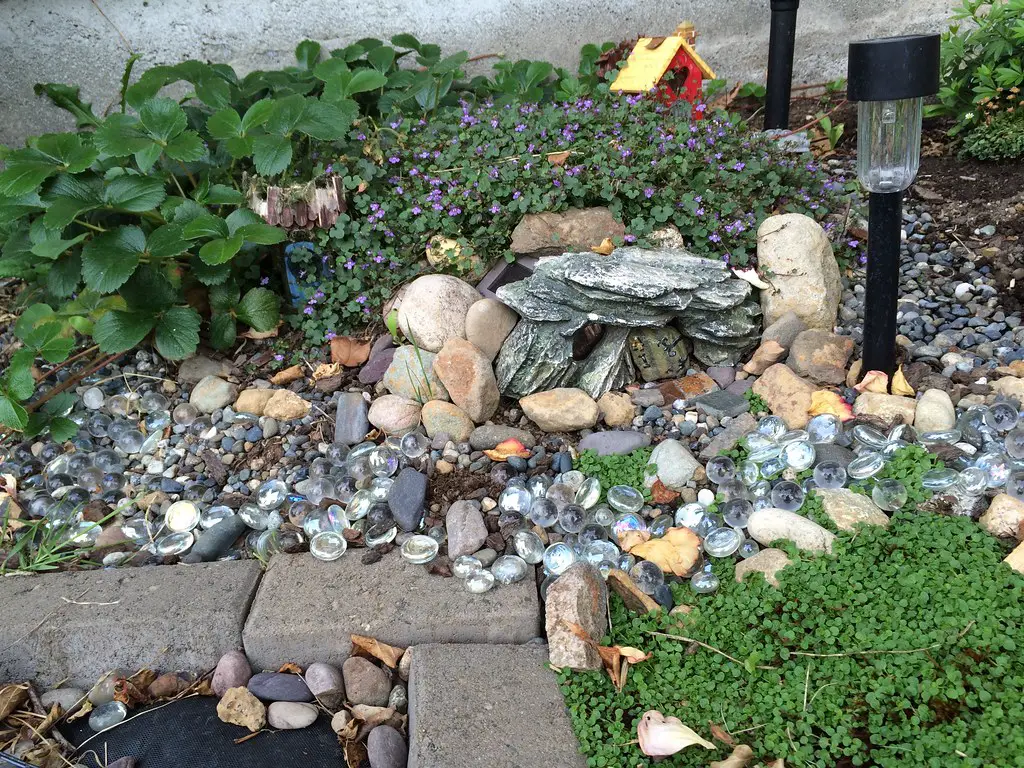
While decorative stones and gravel can add texture and visual interest to your landscape, they can also create a breeding ground for pests like spiders, ants, and termites. These pests find shelter in the gaps between stones, where they can easily establish colonies. The cool, dark spaces beneath the rocks also retain moisture, which attracts pests in search of water.
To avoid attracting pests, choose decorative materials that don’t provide hidden spaces for nesting. Gravel and stones should be placed in areas where they won’t collect moisture and where you can easily inspect them for signs of pests. Regular maintenance and cleaning of these areas can help keep your landscaping beautiful and free from unwanted guests.
12. Fencing with Gaps
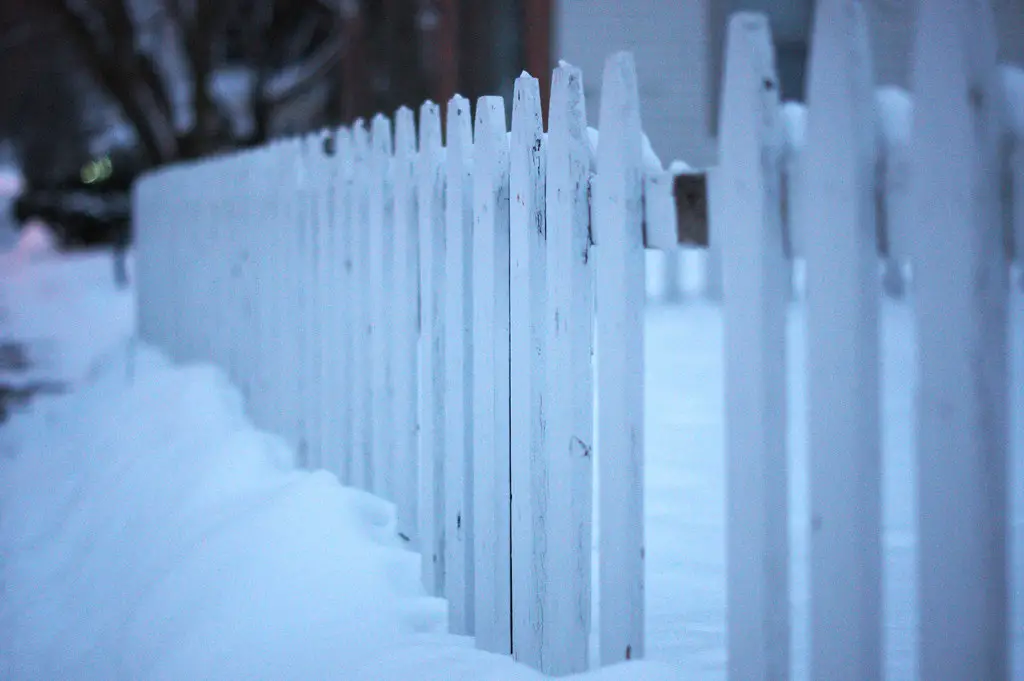
Fences are essential for privacy and security, but fences with gaps or holes can invite pests to enter your yard. Animals like raccoons, skunks, and even larger rodents can slip through gaps in the fence, while insects can crawl under or through. In addition, fences with gaps can make it difficult to maintain a consistent barrier, allowing pests to come and go freely.
To keep pests from entering your yard, consider repairing any gaps or holes in your fence. Reinforce your fence with materials that are both durable and pest-proof, and regularly check for signs of damage. A well-maintained fence ensures that your yard remains a safe and pest-free sanctuary.
